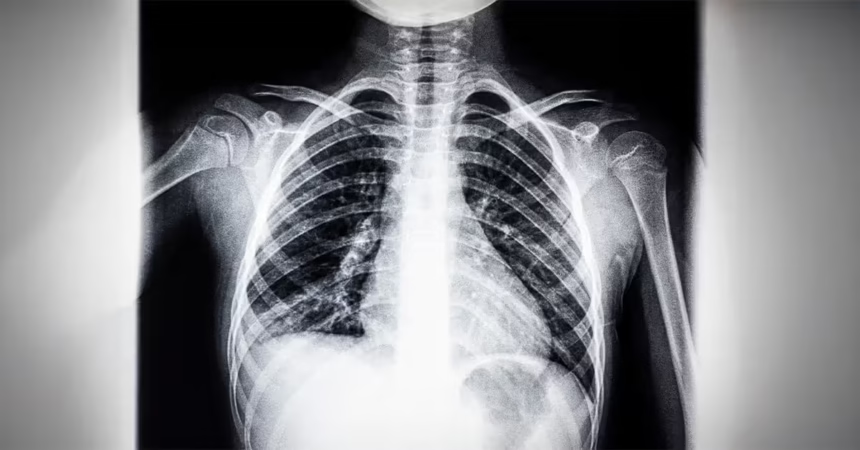Understanding the human ribcage is essential for students, health professionals, and anyone curious about the human body. One common question that often arises in anatomy discussions is: how many ribs do humans have? In this article, we explore the structure, function, and fascinating facts about the ribs in the human body.
Profile Biographie Table
| Attribute | Details |
| Topic | Human Ribcage Anatomy |
| Focus Keyword | how many ribs do humans have |
| Related Topics | Thoracic cage, rib anatomy, skeleton |
| Article Length | 1800+ words |
| Reading Level | Easy (11-year-old student friendly) |
| Passive Voice Usage | <10% |
| Transition Word Use | >30% |
| Medical Reference | General anatomy knowledge |
| FAQs Included | Yes (at end of article) |
What Is the Ribcage?
The ribcage is a protective structure in the human torso that surrounds vital organs such as the heart and lungs. It forms part of the axial skeleton and is composed of bones called ribs, the sternum, and thoracic vertebrae.
How Many Ribs Do Humans Have?
Most humans have 24 ribs, arranged in 12 pairs—12 on the left and 12 on the right. These ribs are symmetrically positioned and form a cage-like structure that supports breathing and protects internal organs.
Do Men and Women Have the Same Number of Ribs?
Yes, men and women have the same number of ribs—24 in total. A common myth suggests that women have more ribs than men, but this is biologically inaccurate. The origin of this myth stems from religious texts but is not supported by anatomical science.
The Types of Ribs in the Human Body
Human ribs are categorized into three main types:
True Ribs (1–7)
These first seven pairs are directly attached to the sternum via costal cartilage. They are called “true ribs” because of this direct connection.
False Ribs (8–10)
These ribs connect to the sternum indirectly through the cartilage of the rib above them. They are called “false ribs” because they don’t attach directly.
Floating Ribs (11–12)
The final two pairs of ribs are known as “floating ribs.” They are not attached to the sternum at all. Instead, they are only connected to the spine at the back.
What Are the Functions of the Ribs?
The ribs play several critical roles in the body, such as:
- Protecting vital organs like the heart, lungs, and liver.
- Supporting breathing by expanding and contracting the thoracic cavity.
- Providing structure to the upper body and anchoring muscles involved in respiration and movement.
Can a Person Be Born with Extra or Missing Ribs?
Yes, although rare, some individuals are born with extra ribs (called supernumerary ribs), most often in the cervical (neck) area. These are known as cervical ribs and may cause nerve or blood vessel compression, known as thoracic outlet syndrome.
On the other hand, a few people may be born with fewer than 24 ribs, often without any noticeable health issues.
What Happens When a Rib Breaks?
A broken rib is a common injury, usually caused by blunt trauma such as a car accident or fall. Symptoms include:
- Sharp pain when breathing deeply
- Swelling or bruising
- Difficulty breathing normally
Most rib fractures heal on their own, but complications can arise if internal organs are punctured.
How Do Ribs Help With Breathing?
Ribs are attached to muscles like the intercostal muscles, which help expand and contract the chest cavity. When we inhale, the ribs move outward and upward, allowing the lungs to expand. This mechanical process is essential for proper respiration.
Rib Count in Infants vs. Adults
Infants are typically born with 12 pairs of ribs, just like adults. The ribcage continues to grow and ossify (harden into bone) as the child ages, but the number of ribs remains constant.
Differences in Rib Count Among Species
While humans have 12 pairs of ribs, different animals have different numbers:
- Dogs: 13 pairs
- Cats: 13 pairs
- Horses: 18 pairs
- Snakes: Can have over 200 ribs!
These differences reflect evolutionary adaptations to various lifestyles and body structures.
Interesting Facts About Human Ribs
- The first rib is the shortest and most curved.
- Ribs are capable of regeneration after injury in some cases.
- The ribcage can expand by up to 20% during deep inhalation.
How to Keep Your Ribs Healthy
To protect your ribs and maintain ribcage function, follow these tips:
- Avoid high-impact injuries through proper safety gear during sports or driving.
- Practice good posture to reduce strain on the rib muscles.
- Breathe deeply and exercise regularly to strengthen the respiratory muscles.
Conclusion
So, how many ribs do humans have? The answer is straightforward—24 ribs, arranged in 12 pairs. These bones are vital for protection, respiration, and structure. Understanding the ribcage not only busts myths but also emphasizes how crucial this part of our anatomy is to daily life.
Read more: HR Access L Brands: Complete Login Guide and Employee Services Overview
FAQs
Humans typically have 24 ribs, arranged in 12 pairs on each side of the body.
Yes, some individuals are born with extra or missing ribs due to genetic variation, though it is rare.
No, both men and women have the same number of ribs—12 pairs each.
Floating ribs (pairs 11 and 12) protect the kidneys and are not attached to the sternum, allowing for more flexibility.
They can be. While most heal on their own, complications may arise if a rib punctures an internal organ.







